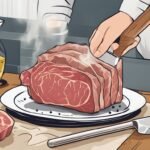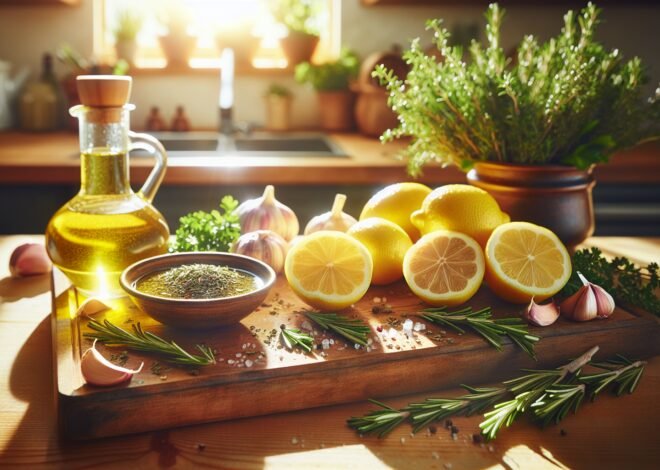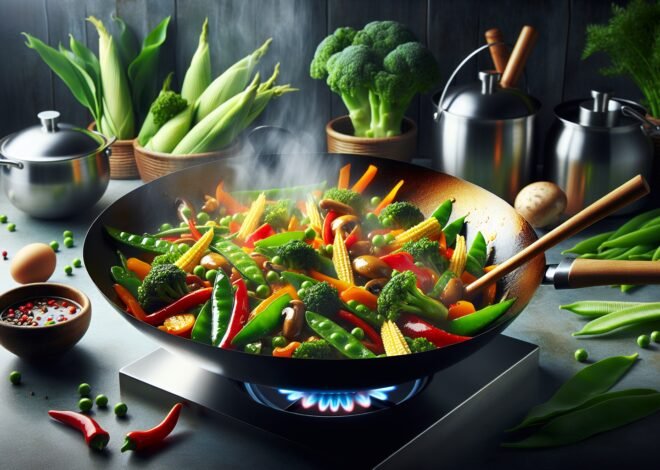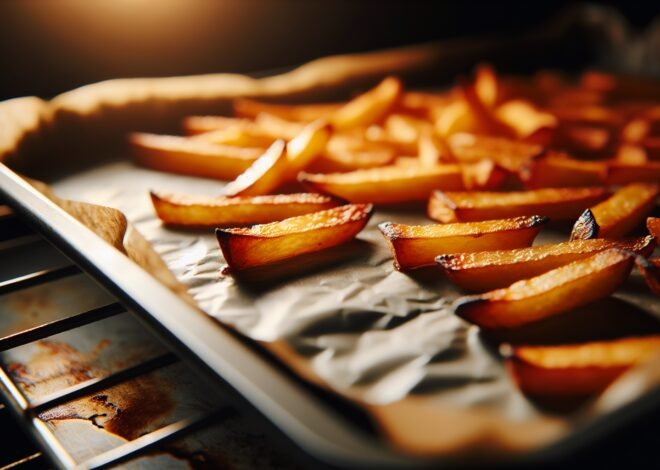
How to Adjust Oven Temperature for High Altitude Cooking
Cooking at high altitudes requires specific adjustments to oven temperature to achieve the best results. In this article, we will explore why high altitudes affect cooking times and temperatures, and how you can make the necessary changes to your oven settings for perfect baking. Get ready to learn useful techniques that will help you overcome the challenges of high-altitude cooking and ensure delicious outcomes every time.
Challenges of High Altitude Cooking
Cooking at high altitudes presents unique challenges, thanks to the lower air pressure and differences in humidity. This environment affects the way ingredients interact, altering flavors and textures. Let’s explore why high altitude cooking often requires special techniques.
How Altitude Affects Cooking
Altitude affects cooking in several ways, primarily due to lower air pressure. At higher elevations, air contains less oxygen and moisture, impacting cooking times and temperatures. When air pressure decreases, water boils at lower temperatures, leading to longer cooking times. This affects everything from boiling water for pasta to simmering soups.
The reduced air pressure also impacts the structure of baked goods. The leavening agents in breads and cakes release gases more quickly, causing them to rise faster and potentially collapse. As a result, recipes that work perfectly at sea level might not yield the same results at high altitudes without adjustments.
Changes in Boiling and Baking Points
The boiling point of water decreases as altitude increases. At sea level, water boils at 212°F (100°C), but for every 500 feet of elevation gain, the boiling point drops by about 1°F. This means at 5,000 feet, water boils at roughly 203°F (95°C). This lower boiling point can lead to undercooked foods if the cooking times aren’t adjusted.
Baking also undergoes significant changes. The lower boiling point means that water evaporates faster, which can dry out baked goods. Meanwhile, leavening agents like baking powder and yeast are more active, which can cause over-rising and subsequent collapsing.
Common High Altitude Issues
High altitude cooking is fraught with several common issues. One major problem is the tendency for baked goods to dry out. This can be mitigated by increasing the amount of liquid in recipes or covering dishes while baking to retain moisture.
Another issue is the potential for breads and cakes to rise too quickly and then fall. This can be counteracted by reducing the amount of sugar and leavening agents in the recipe. High altitude chefs often need to tweak their recipes through trial and error to get the desired results.
Adjusting Oven Temperature
Adjusting oven temperature is critical to achieving success in high altitude cooking. The unique conditions require adaptations to ensure food is cooked thoroughly and retains its intended texture and flavor.
Lower Air Pressure Effects
Lower air pressure at high altitudes impacts how heat is absorbed during cooking. Foods take longer to reach the desired internal temperature, which can affect both texture and doneness. This necessitates adjustments to cooking times and temperatures.
Lower air pressure also means that moisture evaporates more quickly, leaving some foods dry and overcooked if standard recipes are followed. By understanding the relationship between altitude and air pressure, cooks can make informed adjustments to achieve consistent results.
Temperature and Time Adjustments
To compensate for lower air pressure, it’s often necessary to increase oven temperatures by 15 to 25 degrees Fahrenheit. This helps foods cook more thoroughly in a shorter period. However, the exact adjustment depends on the type of food and the specific altitude.
Time adjustments are equally important. Longer cooking times may be required to ensure food reaches a safe and palatable temperature. Monitoring internal temperatures with a reliable thermometer can be particularly helpful in making these adjustments.
Recommended Adjustments for Baking
Baking at high altitudes often requires reducing sugar by 1 to 2 tablespoons for each cup used. This prevents over-expansion of baked goods. Adding an extra tablespoon or two of liquid can help counteract the faster evaporation rate.
For recipes that include eggs, adding an extra egg can improve the structure and moisture of baked products. Flour quantities may also need to be increased slightly to provide more structure. These adjustments ensure that cakes, breads, and pastries retain their intended texture and flavor.
Tools and Techniques
The right tools and techniques are essential for high altitude cooking success. From specialized equipment to smart cooking practices, there are various ways to overcome the challenges posed by elevation.
High Altitude Baking Tools
Certain tools can make high altitude baking easier. Oven thermometers are a must-have to ensure accurate temperature settings. High-quality pans and baking sheets with good heat distribution can also be beneficial.
For cake lovers, using pans with higher sides can help prevent overflow and collapse. Investing in adjustable measuring tools allows for precise ingredient adjustments—key to achieving consistency in high altitude baking.
Monitoring Oven Performance
Regular monitoring of oven performance is crucial. Ovens can vary in temperature accuracy, particularly at altitude. An oven thermometer ensures that the internal temperature matches the settings, helping prevent under or over-cooking.
Calibrating your oven periodically can also ensure it remains accurate. Keeping an eye on cooking progress and making further adjustments as needed can make a significant difference in the final result.
Practical Tips for Consistent Results
Achieving consistent results involves a mix of careful adjustments and attentive monitoring. One practical tip is to increase the number of times you check on your dish during cooking. This helps catch any issues early and allows for real-time adjustments.
Another tip is to keep a cooking journal. Documenting any changes made to recipes, along with the outcomes, can help refine the process over time. Sharing experiences with other high altitude cooks can provide new insights and adjustments worth trying.
Using these techniques and tools, high altitude cooking can become less daunting and more rewarding. Adapting to elevation requires patience and practice, but the delicious results are well worth the effort.
Conclusion
High altitude cooking requires specific adjustments to oven temperatures due to changes in air pressure and boiling points. By understanding these effects and making careful adjustments to time and temperature, you can achieve successful baking results at high altitudes. Utilize the recommended tools and techniques for better performance and consistency.
FAQ
What challenges are faced in high altitude cooking?
High altitude cooking challenges include lower air pressure, which decreases boiling points and affects moisture levels. Foods can dry out quickly, and baking can lead to uneven rise or collapse.
How do I adjust oven temperature for high altitudes?
It’s often effective to increase the oven temperature by 15-25 degrees Fahrenheit. Monitor closely as baking times may vary, ensuring dishes cook thoroughly without overbaking.
Why does altitude affect cooking times?
At higher altitudes, water boils at a lower temperature, slowing down the cooking process. This means longer cooking times for both boiling and baking, as less heat is retained in the food.
Are there specific tools for high altitude baking?
While no unique tools are required, high altitude baking benefits from accurate thermometers and timers. Adjustments to recipes using these tools ensure better baking outcomes.
What temperature adjustments work best for baking?
For high altitude baking, increasing oven temperature by 15-25 degrees Fahrenheit often works best. Start with smaller increments, testing for the desired consistency and ensuring optimal results.
How can I ensure consistency at high altitudes?
To maintain consistency, adjust recipes by slightly increasing liquids and decreasing sugar. Test small batches to perfect the formula, and keep detailed notes for future reference.











